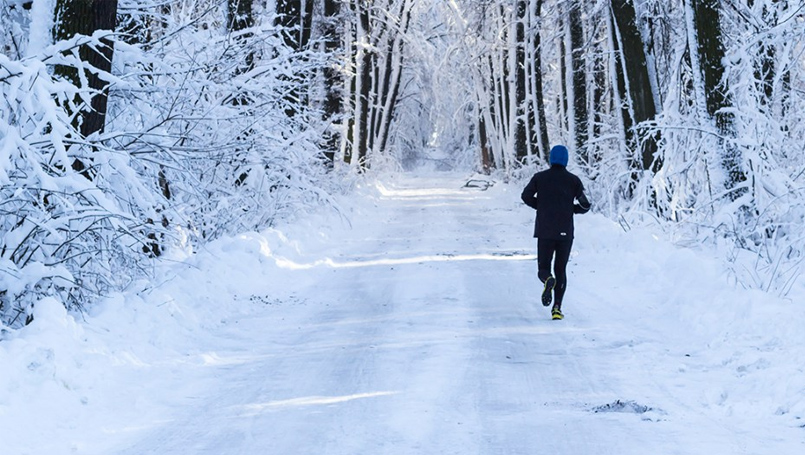
The winter’s wind and snow can be intimidating, but you don’t have to let the cold weather disrupt your healthy lifestyle. You can stay active during the winter months as long as you’re smart and safe.
For those that want to brave it in the great outdoors, our safety tips will help you make the most of your winter fitness. Of course, you shouldn’t risk it if it’s too cold outside – you can always exercise at home and get back to your outdoor routine the next day.
Know the limits of your health
You’ll want to be careful about working out in the cold if you have medical conditions like asthma, heart disease, or Raynaud’s disease. If you’re in doubt, talk to your doctor before exercising in the cold.
Take it easy if this is your first time out this season
Reduce the length of time or the intensity of your “normal” workout if it’s your first time out in the cold this season. You’ll want to stretch to warm up those muscles and mentally prepare before jumping out into the cold.
Check out the weather forecast
Look at the forecast when planning your outdoor exercise, noting not just the temperature but also the wind chill. Try waiting until mid-afternoon as temperatures warm up and paths are more likely to be cleared.
Dress in layers and wear protective gear
Your winter workout might mean running, skiing or snowshoeing. For these very active exercises, dress in layers that can trap in warm air, but be removed as your body warms up. Start with a lightweight layer of synthetic or polyester, followed up by wool or fleece and topped with a water-repellent third layer. Wear appropriate protective gear like helmets and wrist guards too.
Recognize signs of hypothermia and frostbite
Keep safe by knowing the symptoms of frostbite and hypothermia. The risk of hypothermia is greater in cold, rainy weather and for older people. Signs include shivering, confusion, slurred speech, and drowsiness. Early signs of frostbite are numbness and loss of feeling and color in nose, ears, cheeks, chin, fingers or toes. Seek immediate medical attention in an emergency.
Be smart in the dark
If there’s any chance you’ll be exercising while it’s dark outside, be sure to wear reflective clothing. As the temperature lowers after sunset, you might want to use chemical heat packs for extra warmth for your hands and feet.
Tell a friend where you’re going
Let a friend or family member know you’re headed out to exercise. They’ll know when to expect you back in case anything happens to you on your outdoor adventure.
Swap out your wet clothes for dry warm clothes
When you finish up your workout, warm back up slowly. You’ll want to take off any wet clothes and replace them with warm, dry clothes.
Staying healthy is important all year round, and with these tips, you can keep exercising through the winter’s cold and snow. You’ll be stronger and healthier by spring, and thanking yourself for keeping up with your fitness plans.
